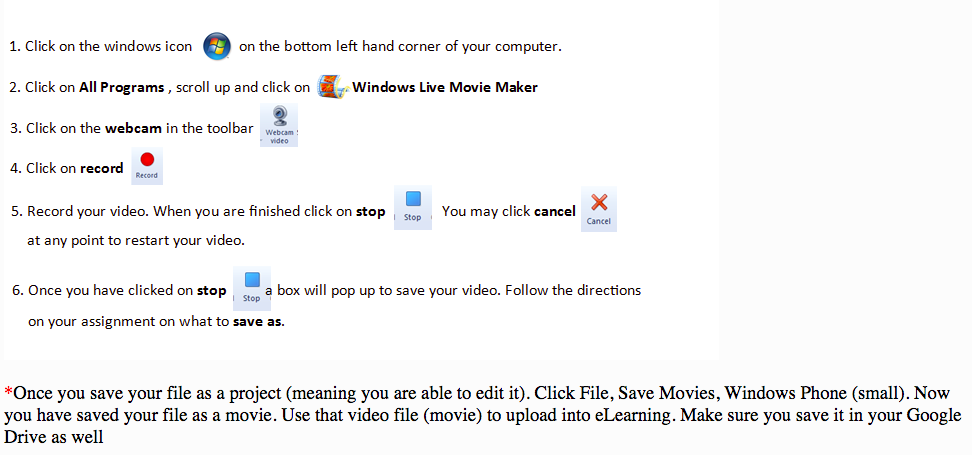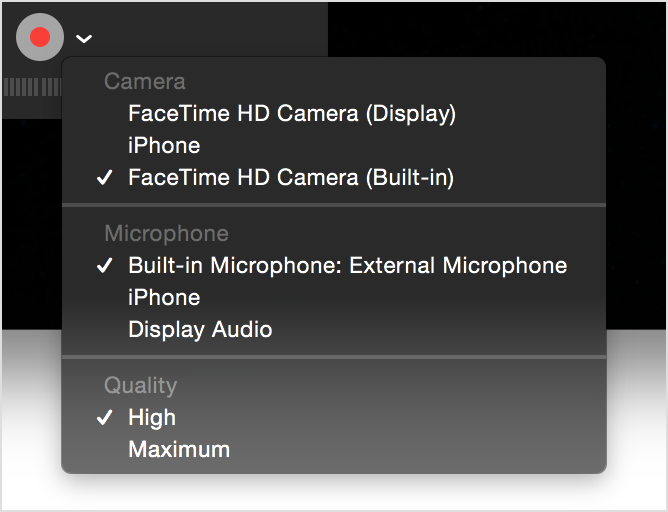Lab:
Interactive Text Based Game Design Project
Please read the instructions on how to use the program: Twine. Go to their website (click on the link) and begin to create your own interactive fiction game. You may wish to download this program to your computer (if working at home) or "use it online" by choosing that option. I recommend using the program online.
Some things to remember:
Interactive Text Based Game Design Project
Please read the instructions on how to use the program: Twine. Go to their website (click on the link) and begin to create your own interactive fiction game. You may wish to download this program to your computer (if working at home) or "use it online" by choosing that option. I recommend using the program online.
Some things to remember:
- Read the tutorial. Really. It has information that will be useful for this project.
- Fiction is a story that is not true. Choose a genre you would like to write. Good stories are specific, detailed, and well written.
- Write your story in 2nd person POV. The reader will be the "main character" or protagonist of this story.
- Descriptions are key! You will want to write your story with enough specific imagery and good writing skills to immerse your reader into the story. Describe your settings, characters, add dialogue where needed, etc. Just like you would do if you were telling a good fiction story!
- You may wish to plan your story using index cards to represent a map of settings or locations or scenes for your story (like a storyboard). It is harder to write one of these story games if you are making it up on the fly--so a plan is almost a requirement.
- You may wish to come up with some settings or scenes for your story first. List these settings in your journal, or create settings on an index card or storyboard template. One box or card per location.
- You can do the same thing with characters or events. One card or storyboard panel per event or character.
- To link text boxes in the game based on choices, use the | key (this is on the backslash key just above your ENTER key)--you need to hold down the shift key to get it: |
- The text to the right of the bar is the name of the passage or text box the player will go to when clicked on.
- Enclose choices with double brackets! [[write the game in the correct format|classroom]], for example.
- The bracketed text will turn RED if you typed it correctly.
- Make sure your game story has some choices for the player to make.
- Work on your game design. This project is not due yet, but it will be due at some point...use your time in the lab productively.
- Be creative!
For more help, check out: Where Your Stories Are Saved & How to Create Your First Story & How to Create Links & Working with the Story Map & How to Choose a Story Format; All other questions and answers about the TWINE program can be found on the Twine WIKI.
Other game design platforms to try for the advanced student interested in programming:
Other game design platforms to try for the advanced student interested in programming:
- Easy RPG
- Ren'Py
- Inform7
- ADRIFT
- Playfic
- Inklewriter
- TADS.org (does not work on our school network...but may work at home...)
- textadventures.co.uk/quest (does not work on our school network...but may work at home...)
- Flowlab Game Creator
- Here's an article with other options as well.






